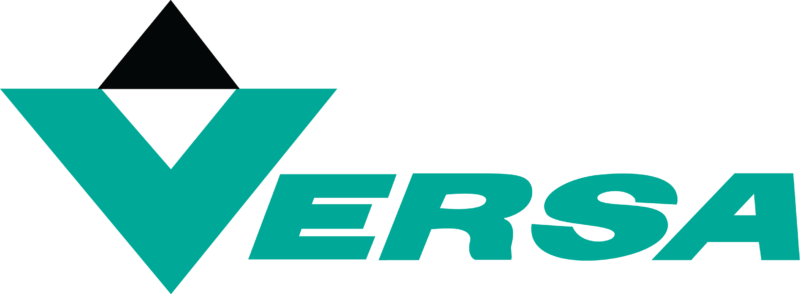Some of our standard valves are rated for hydraulic service. Please note however many also need options to assure trouble-free hydraulic system performance. Contact Versa’s friendly expert Technical Sales team to determine the exact specifications you will need. Versa’s T Series is specifically designed for hydraulic service and our V Series can also be used for hydraulic service in low pressure (<100 psi/6.89 bar) applications.
